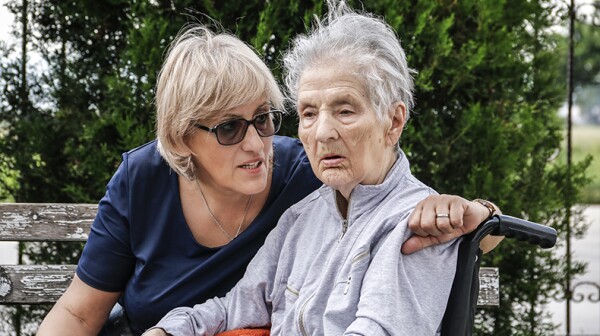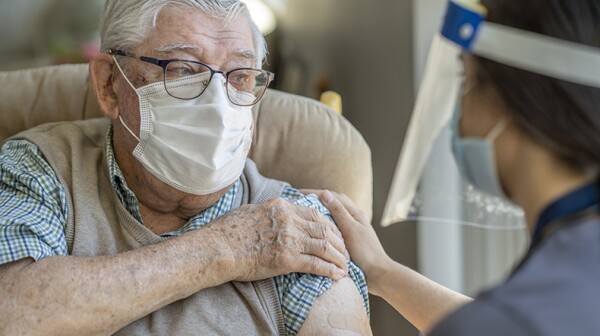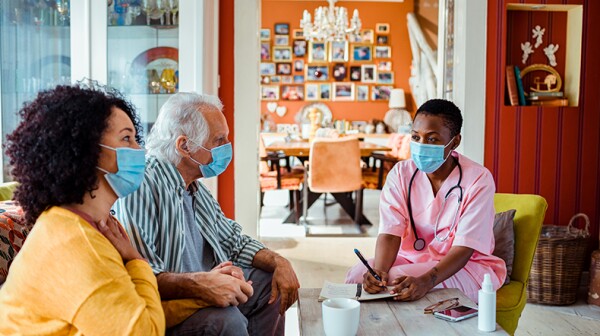AARP Hearing Center
CLOSE ×
Search
Popular Searches
- right_container
- Health
- Money
- Work & Jobs
- Advocacy
- Social Security
- Medicare
- Caregiving
- Games
- Travel
- More...
- Entertainment & Style
- Family & Relationships
- Personal Tech
- Home & Living
- Auto
- Staying Sharp
- Podcasts
- Videos
The pandemic has changed the way we think of long-term care, and if we lean into the crisis-earned set of lessons learned, we can do more than just tweak the system. We can transform it.
While states are offering consumers more choices for long-term services and supports (LTSS), we still have far to go to balance institutional care and home and community-based services (HCBS). Now there is a major opportunity to pick up the pace of that change.
Presumptive eligibility expands consumer choice and can empower consumers to access public funded home and community-based services without lengthy determination delays.
While the deployment of vaccines in nursing homes has largely been a success thus far, facilities are far from finishing this task. They must now enter a next phase of vaccination and confront a new set of issues.
The coronavirus pandemic dominated our Thinking Policy blog in 2020, just as it dominated everyone’s lives.
In the four weeks from October 19 to November 15, the number of deaths increased by two-thirds, and the number of new cases doubled compared to the previous four weeks.
To support states both in dealing with the crisis in nursing homes and shaping the future of LTSS, the AARP Public Policy Institute (PPI) has created and released three tools this fall: the Nursing Home COVID-19 Dashboard, the LTSS State Scorecard, and the LTSS Choices series.
This report and roadmap provide health systems with direction for eliminating preventable medical harm.
Now is the time for system leaders to reflect on crisis protocol and design long-term operational processes for delivering quality care under new circumstances.
Visitor restriction policies due to COVID-19 mean hospital patients are feeling increasingly isolated and alone with no family or friends at their bedside.










































































